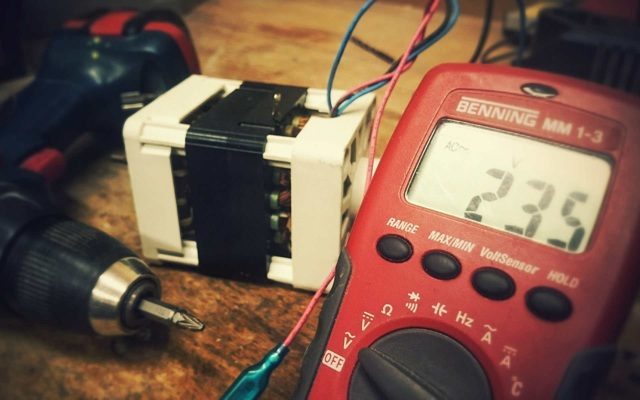Regular maintenance and servicing of cold storage is essential to ensure freshness and longevity of stored agricultural products such as potatoes, tomatoes, gingers, papayas, oranges, mangos, apples etc. Cold storage must maintain a suitable temperature and humidity. Refrigeration technicians are mainly responsible for periodic checks and inspection that can prevent shutdown of cold storage and save the business from making huge loss. This article will help refrigeration technicians charge Ammonia refrigerant in a safe way. Before charging refrigerant she must have a clear understanding and operational knowledge of the following parts and specialized tools and equipments.
1. Compressor (Water cooled type)
2. Liquid receiver.
3. Service valve.
4. Gauge manifold.
5. Refrigerant cylinders.
As a refrigeration technician you must be aware of the risk associated with charging Ammonia refrigerant. Ammonia is a poisonous gas and inhalation of it may cause serious respiratory problem and even death. Personal Protective Equipment (PPE) must be used while carrying out this task. Keep gas mask with yourself and check the water shower system so that you can use it if any disaster occurs. Use safety goggles, safety helmet, and safety shoes and wear apron while working.
Steps to charge Ammonia refrigerant
1. Switch off the machine. Wait about 10-15 minutes so that refrigerant settles down at liquid receiver.
2. Have a look at the sight glass which is attached at the side of the liquid receiver. Check the level of the liquid; if it is below the line, you have to charge refrigerant in it.
3. Now, attach a gauge manifold to inlet and outlet of compressors service valve. This will help you see the refrigerant pressure while the machine test runs.
4. Check the service valve and close the liquid valve. You must know how to use ratchet wrench for this purpose. Move the ratchet wrench clockwise to close the valve. Remember, after gas charging you have to open the liquid valve.
5. Now attach a charging cylinder and purge the charging line. Open the hand shut-off valve of the cylinder and add refrigerant.
6. Switch on the compressor(s).
7. Check the pressures at gauge manifold and also check the level of liquid at sight glass and see whether it reaches to ¾ levels. Remember, do not charge or add refrigerant more than ¾ level of sight glass.
8. Now, close the cylinder valves and remove all gauge manifold and hose pipes which you attached earlier for observing pressure.
Check for gas leakage (if any) and double check if everything is fine. Clean your job site after work. Don’t forget to test run the machine for checking its proper cooling as per instruction manuals.
